All
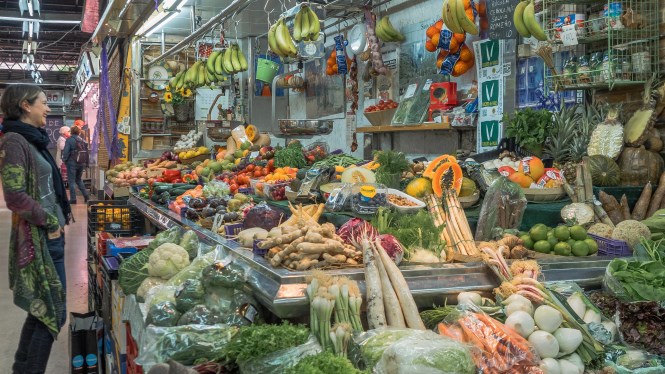
In the central part of Gràcia, which was once home to a close-knit working-class community,
Barcelona"s Mercat de l"Abaceria opens the doors to a whole world of sensations and experiences. It is a pleasure to do some shopping here or just browse, as you listen to the characteristic cries of the stallholders which can tempt the most demanding shoppers.
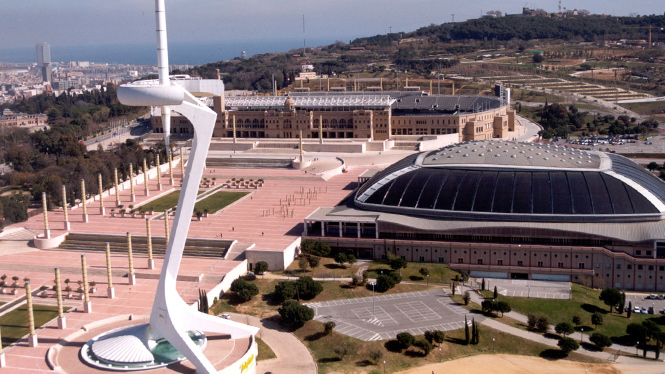
Barcelona lived through a magical summer it will never forget. When the city hosted the
1992 Olympic Games, the city became the world"s capital during a fortnight which will be etched forever in people"s memories.
The Olympic Ring on Montjuïc was the nerve centre of the festivities.
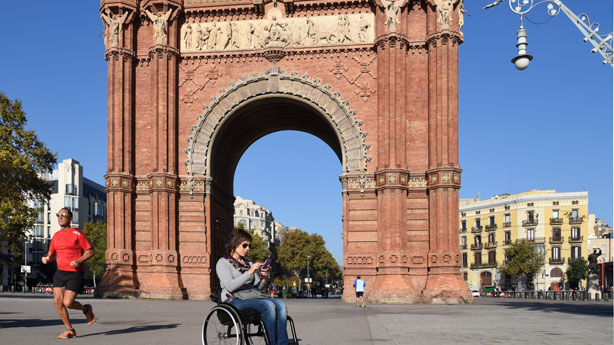
In 1888 Barcelona hosted the Universal Exhibition. The Arc de Triomf was built as the gateway to the fair which was held in the Parc de la Ciutadella. The monument is classical in shape and proportions and features ground-breaking sculptural and decorative finishes replete with symbolism. It has become one of the city"s iconic landmarks.
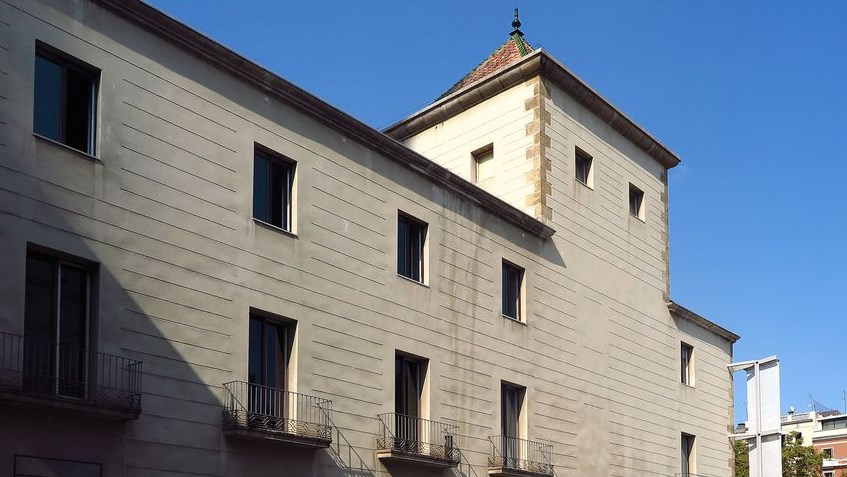
Housed inside an 18th-century former convent at the end of La Rambla, the CASM is also home to a creative laboratory where all the art disciplines converge.
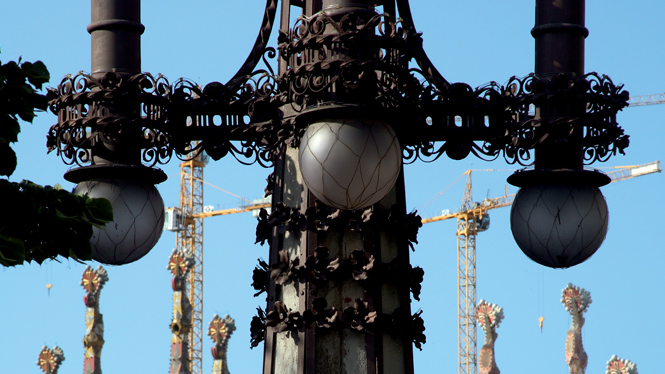
Like a small diagonal that breaks with the perfect grid layout of the Eixample, the Avinguda Gaudí stretches proudly from the Sagrada Família towards the Hospital de Sant Pau. A semi-pedestrianised street that connects two magnificent landmarks, one by Gaudí and the other by Domènech i Montaner.




